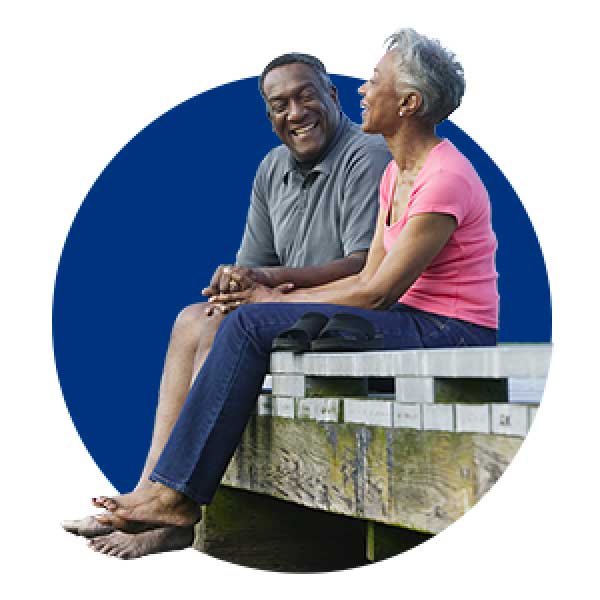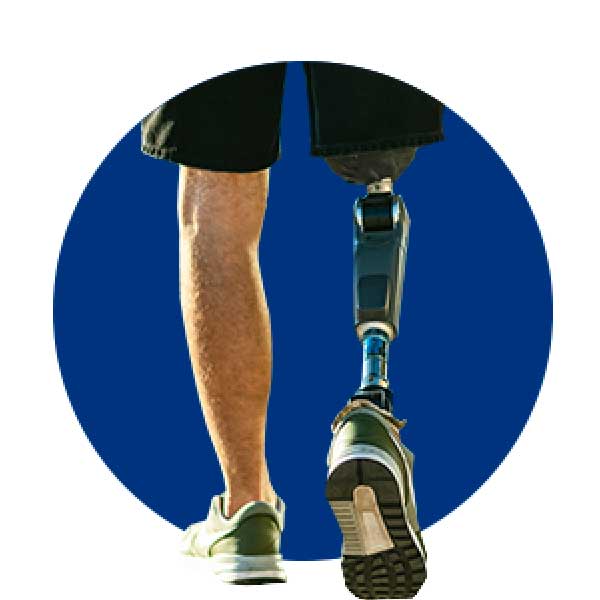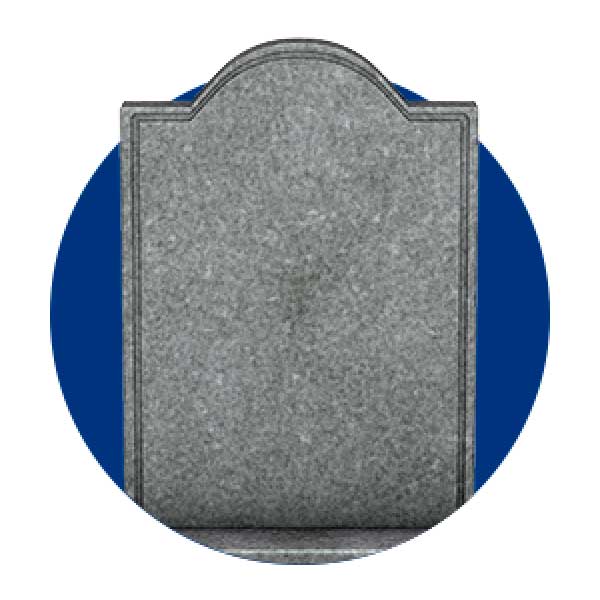Peripheral Artery Disease (PAD) is when plaque buildup forms in the walls of the arteries that supply blood to your limbs (usually your legs).1
You are leaving
SAVELEGSCHANGELIVES.COM
Please click CONTINUE below to learn more about a treatment option.
This website contains information about a prescription medicine.
If you think you may be at risk of PAD, be sure to talk to your doctor. There are many different medicines to help manage symptoms caused by PAD.

Patients with diabetes are up to 7x more likely to have PAD.3

Black Americans are more than 2x as likely to have PAD compared to white Americans.2

Smokers have a 4x higher risk of PAD compared to nonsmokers and can experience PAD symptoms almost a decade sooner.4

PAD is the leading cause of lower extremity amputations in the US.5

70% of patients who have a leg amputation due to PAD end up dying within 3 years.9
Can you identify the signs
and symptoms of PAD?
